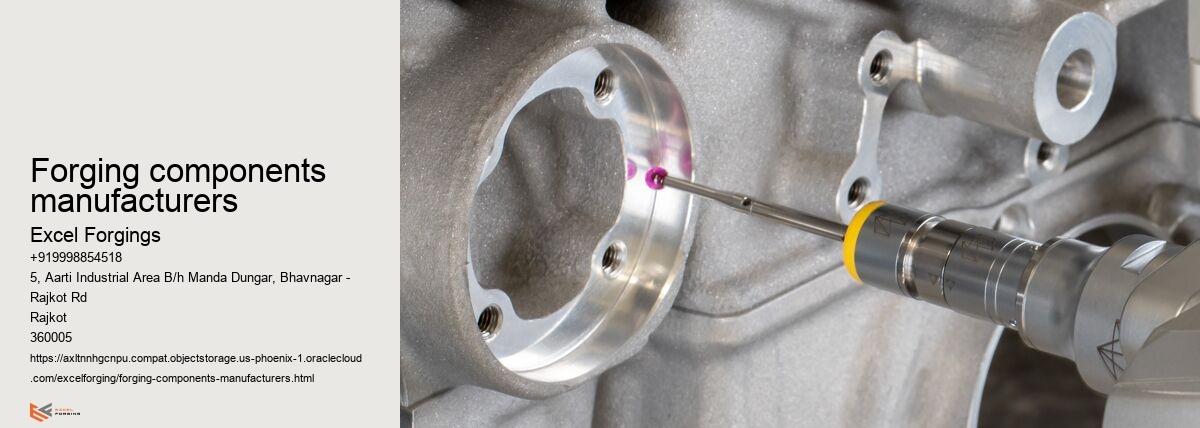


The different types of forging equipment include hammer and press forgings, drop hammers, upsetters, open die forgings, closed die forgings, ring rolling machines and cold forge headers. Each type of forging equipment is suitable for specific types of forging processes depending on the material being forged. Hammer and press forgings are used to produce components from aluminum alloys while drop hammers are mainly used for producing parts out of steel. Upsetters are best suited for working with medium carbon steel as it is able to withstand the machine�s high tonnage force. Open die or impression-die forgings require design flexibility in order to create custom components while closed-die forging offer better production efficiency but require higher upfront investments due to its complex machinery setup. Ring rolling machines are designed primarily for producing seamless rings while cold forge headers can be used in multiple applications such as forming long shafts that need a tight grain structure and superior strength properties.
The most common forging processes include open die forging, closed die forging, roll forging, and impression die forging. Open die forging is a process that uses flat dies to shape metal pieces into desired shapes; closed die forging is similar but involves two halves of a cavity mold to form metal components; roll forging involves using rolls or flat surfaces to shape metal pieces; and impression die forgings involve pressing heated metals between two molds with pre-cut shapes to produce more complex parts.
The cost of forgings can vary widely depending on the type of forging, complexity of design, and number of pieces. Generally, larger production runs are more efficient and therefore less expensive than small runs. Additionally, some metals require specialized equipment or processes that may increase the cost. It is important to discuss your needs with a forging manufacturer so they can provide an accurate quote for your project.